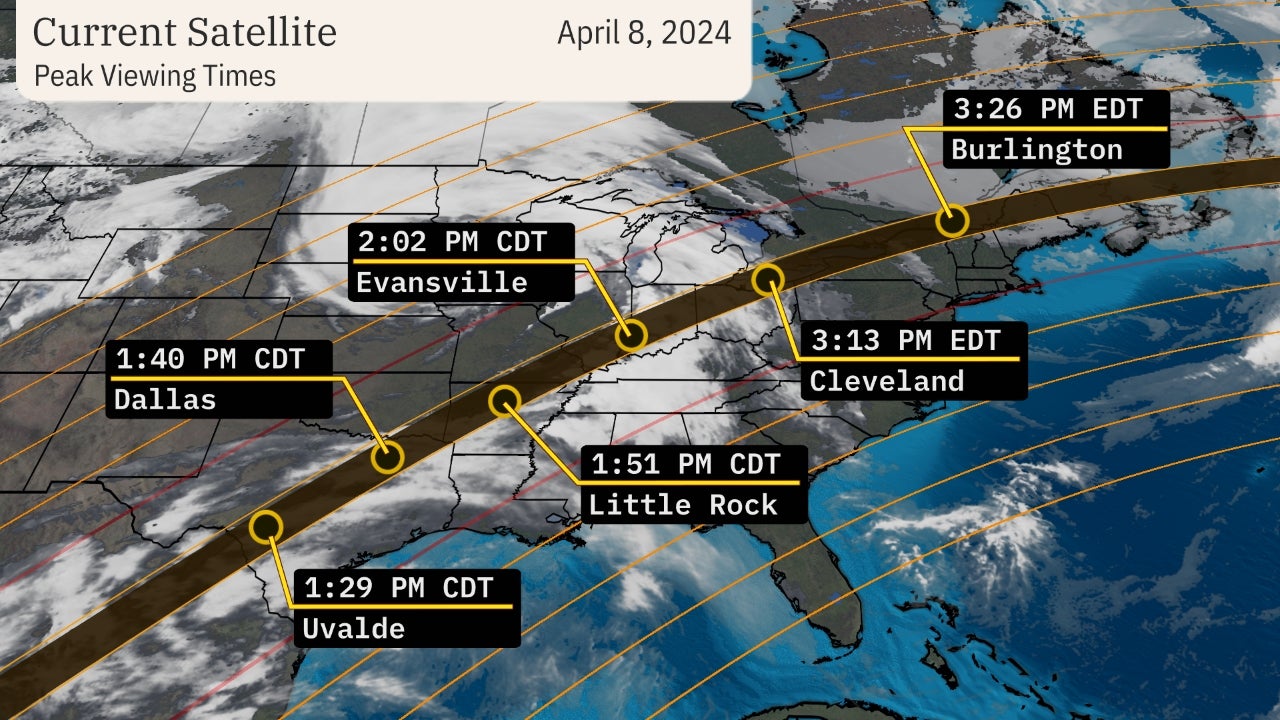begin quote from:
https://weather.com/storms/hurricane/news/2020-07-22-tropical-storm-gonzalo-forecast-atlantic
Tropical Storm Gonzalo Forecast to Become a Hurricane Before Reaching the Windward Islands This Weekend
https://weather.com/storms/hurricane/news/2020-07-22-tropical-storm-gonzalo-forecast-atlantic
Tropical Storm Gonzalo Forecast to Become a Hurricane Before Reaching the Windward Islands This Weekend
https://weather.com/storms/hurricane/news/2020-07-22-tropical-storm-gonzalo-forecast-atlantic
HURRICANE CENTRAL
Tropical Storm Gonzalo Forecast to Become a Hurricane Before Reaching the Windward Islands This Weekend
By weather.com meteorologists
3 hours ago
weather.com
Volume 90%
01:00
Tropical Storm Gonzalo Likely to Become Hurricane
Meteorologist Danielle Banks has the latest details on Tropical Storm Gonzalo.
At a Glance
- Tropical Storm Gonzalo is spinning in the Atlantic between Africa and the Lesser Antilles.
- It is forecast to become a hurricane Thursday.
- But its intensity forecast is very uncertain.
- It should arrive in the southern Windward Islands Saturday, as a hurricane or tropical storm.
- Gonzalo is the earliest seventh named storm to form in the Atlantic.
Tropical Storm Gonzalo is expected to become the first hurricane of the 2020 Atlantic hurricane season east of the Lesser Antilles, but its forecast once it reaches the Windward Islands this weekend is highly uncertain.
Gonzalo is located over 1,000 miles east of the southern Windward Islands, moving west.
A hurricane watch has been issued for Barbados, where hurricane conditions are possible on Saturday.
Gonzalo became the earliest seventh named tropical storm on record to form in the Atlantic basin, according to Phil Klotzbach, a tropical scientist at Colorado State University. The previous record was held by Tropical Storm Gert, which developed on July 24, 2005.
Gonzalo's tiny size and the environment around it pose a major forecast challenge for its future intensity. You might have to squint to pick up the size of its tropical storm-force winds in the graphic below.

Gonzalo's Current Wind Field
(The orange circle shows the extent of the system's tropical-storm-force winds (at least 39 mph). The purple circle indicates the extent of hurricane-force winds (at least 74 mph), according to the National Hurricane Center.)
Dry air is currently plentiful near Gonzalo, which is one factor that can weaken and disrupt tropical cyclones. You can see this vast stretch of dry air in the satellite image below, denoted by the orange and red areas.

Water Vapor Satellite Image
(This satellite image shows areas of moist (white, pink, purple) and dry (orange, red) air in the atmosphere. The latest location of Gonzalo is shown by the white circle near the bottom of the image. )
While shearing winds are currently not near Gonzalo, it may encounter some modest wind shear as it nears the Windward Islands this weekend.

Current Satellite, Wind Shear
(Areas of clouds are shown in white. Areas of strong wind shear, the difference in wind speed and direction with height, are shown in purple. High wind shear is hostile to mature tropical cyclones and those trying to develop. The latest location of Gonzalo is shown by the white circle. )
These factors would argue for a weakening of Gonzalo by the time it nears the Windward Islands Saturday.
However, there is an ample supply of warm, deep ocean water ahead of Gonzalo, and they're generally warmer than average for this time of year.
Furthermore, Gonzalo is a tiny tropical storm. Small tropical storms like this can intensify quickly in the right conditions, but they can also succumb to unfavorable conditions more quickly than a larger storm. In other words, they can strengthen and weaken much more and at a faster rate than expected.
So, the range of outcomes for the intensity forecast is large, anywhere from this storm remaining weak or dissipating near the Windward Islands, to a hurricane striking the Windward Islands and continuing into the eastern Caribbean Sea.
Fortunately, the track forecast is a bit more straightforward. We expect a general west-northwest track into the Windward Islands by Saturday, then into the eastern Caribbean Sea by Sunday.
Given the intensity conundrum, it's uncertain how far Gonzalo will travel into the Caribbean next week.

Current Storm Information and Forecast Path
(The red-shaded area denotes the potential path of the center of the tropical cyclone. It's important to note that impacts (particularly heavy rain, high surf, coastal flooding, winds) with any tropical cyclone usually spread beyond its forecast path.)
Interests in the Lesser Antilles, including areas as far south as Trinidad and Tobago, even the northern coast of Venezuela, should monitor the progress of this Gonzalo closely.
First of the Main Development Region
Gonzalo is the first tropical storm this season to form in the so-called "main development region" of the Atlantic Ocean between Africa and the Lesser Antilles.
It's a sign we're headed toward the prime months of the hurricane season, when tropical storms and hurricanes can form not just in the Gulf of Mexico, off the Southeast coast or western Caribbean Sea, but also in this main development region and take long tracks through the Atlantic Basin.

The area called the main development region (or MDR) is where most Cape Verde tropical systems get their start and continue to develop.
The Weather Company’s primary journalistic mission is to report on breaking weather news, the environment and the importance of science to our lives. This story does not necessarily represent the position of our parent company, IBM.
No comments:
Post a Comment